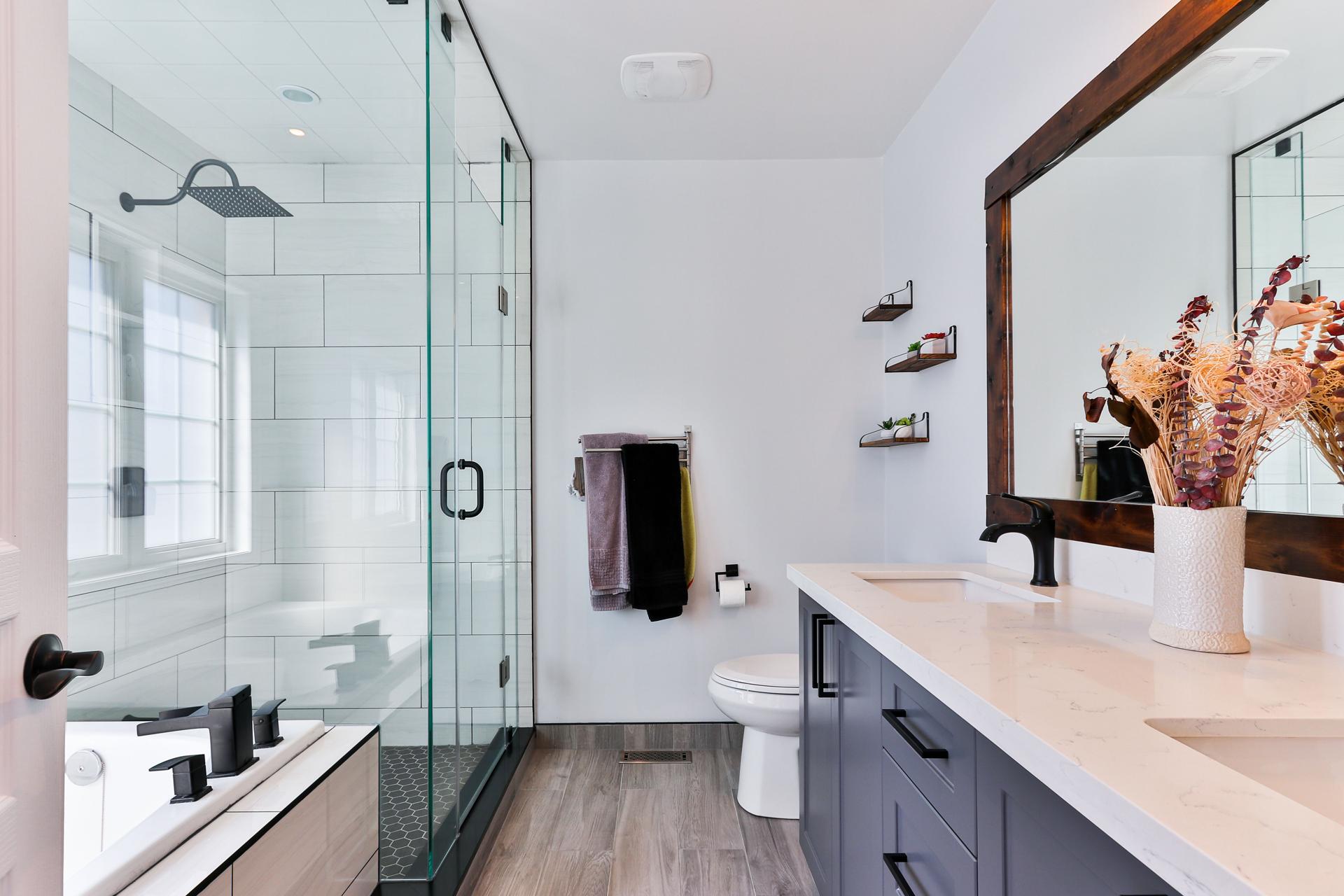Starting Out with Hot Water Plumbing: The Essential Principles

Plumbing for hot water is an integral aspect of everyday life. We rely on hot water for many purposes including taking a bath, washing dishes and even doing laundry. In this post, we’ll give you a basic understanding of the way hot water plumbing functions.
The Basics of Hot Water Pipeline
Hot water plumbing is the plumbing system that distributes hot water to various areas of a structure. It is different from cold water plumbing because it requires heating water before it is distributed throughout the building. The primary components of a hot water plumbing system comprise the water heater, pipes, valves, and fixtures. A water heater can be described as the most critical component of a hot-water plumbing system. It warms water and holds it until needed. The pipes transport the boiling hot water out of the water heater to fixtures, like showers and faucets. Valves are used to regulate the circulation of hot water while fixtures are used to distribute hot water to different parts of the building.
The different types of hot Water Heaters
There are three types of water heaters available on the market: tankless, storage tank, and heat pump water heaters. Tankless water heaters heat water on demand and do not keep hot water in storage. Storage tank water heaters keep hot water in a tank until it is needed. Water heaters with a heat pump use electrical energy to transport heat to the ground or air to warm the water. Every type of hot water heater comes with its advantages and disadvantages. Tankless water heaters are more efficient in energy use and last longer however they are also more costly. Storage tank water heaters are less expensive but have a shorter life span and are less energy-efficient. Water heaters with heat pumps are the most energy efficient, however they might not be appropriate for colder climates.
Maintenance of Hot Water Pipes
Regular maintenance is crucial in order to make sure that the hot water plumbing system is operating properly and effectively. A few tips to maintain a hot water plumbing system consist of checking for leaks as well as flushing the tank or replacing anode rods. The need to look for leaks is vital to avoid water damage and to ensure it is the case that your plumbing for hot water is not wasting water. Flushing the tank removes minerals and deposits of sediment, which can reduce the efficiency in the performance of your water heater. The anode rod is constructed to protect against corrosion and should be replaced every couple of years.
Troubleshooting hot water plumbing issues
Common problems that arise when plumbing systems are hot are a lack of hot water or low water pressure. If you notice a shortage or lack of hot water it may be caused by a malfunctioning heating element or a faulty thermostat. Low water pressure can be the result of a blocked the valve or pipe. If you experience any of these problems, it is recommended that you seek out a qualified plumber to identify and fix the issue.
Conclusion
Knowing the way that hot water plumbing functions is crucial to ensure that your hot water plumbing system is operating properly and efficiently. regular maintenance, as well as troubleshooting is important to avoid problems and extend the life span of your hot water system.
Heating Water FAQ
How long does an electric water heater last?
The lifespan of hot water heaters is contingent on the model and type. On average, a storage tank water heater can last between 8 and 12 years, while a tankless water heater could last as long as 20 years.
How can I tell when the hot water heater in my home requires replacement?
Signs that your hot-water heater may need to be repaired include corrosion or rust on the tank, leaks or strange sounds, and a deficiency supply of hot water. If you encounter any of these symptoms it is suggested that you speak with a professional plumber.
